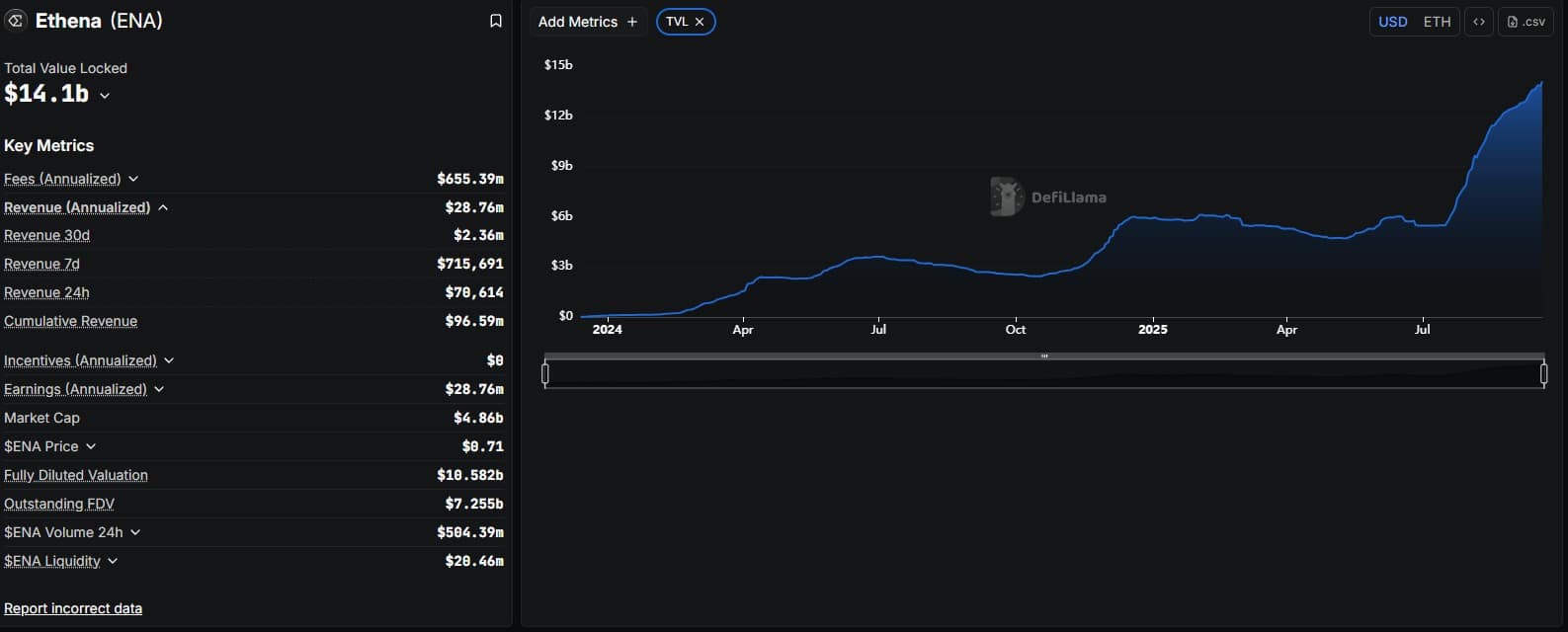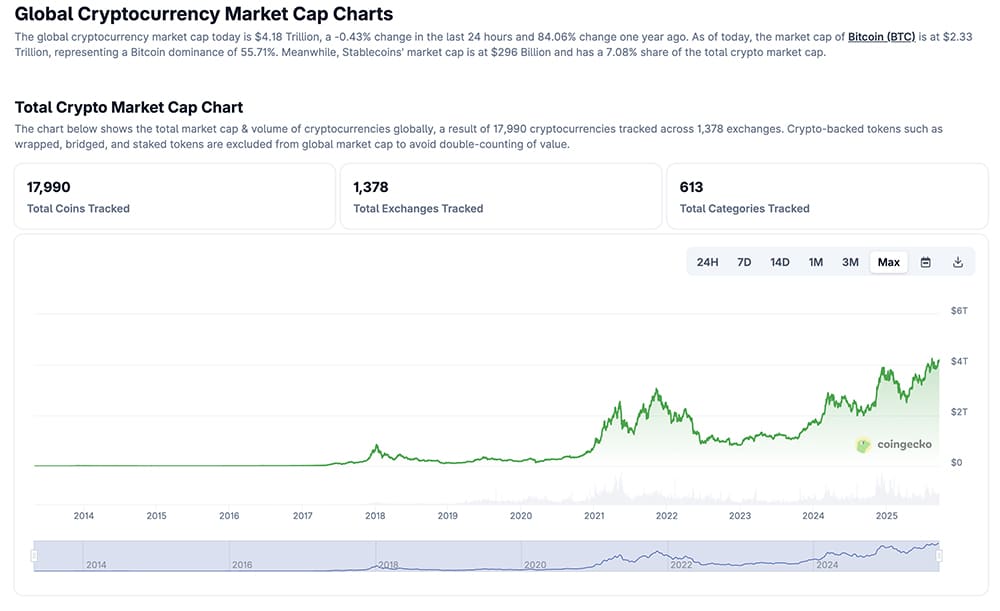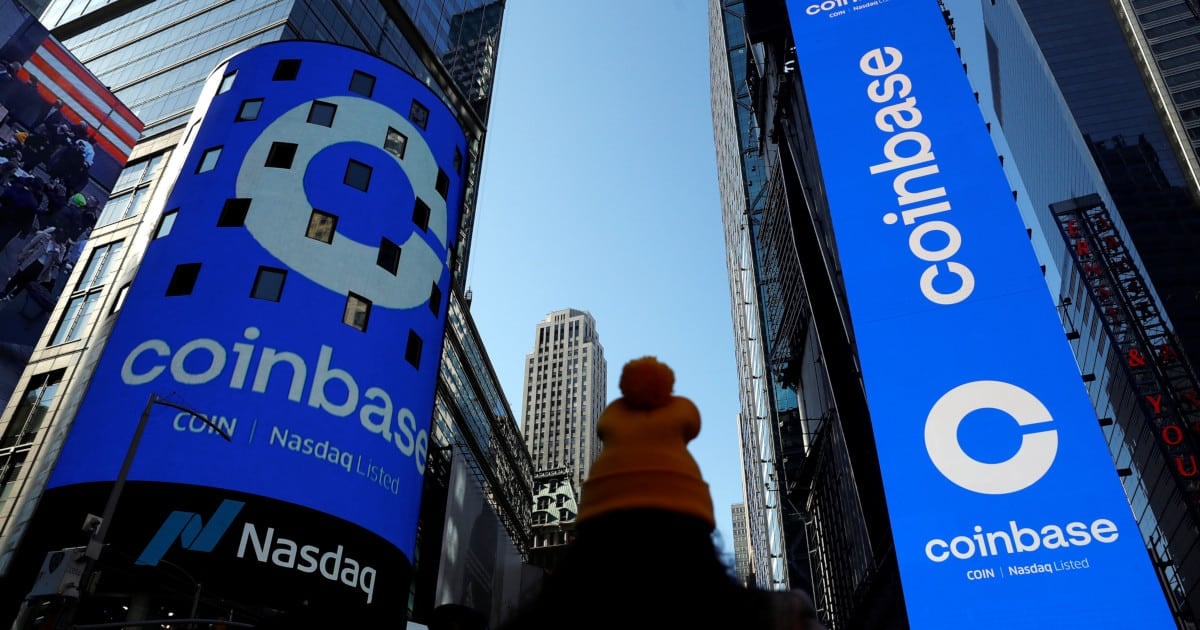Supply chain data points more clearly to disinflation than noisy wage data
The post Supply chain data points more clearly to disinflation than noisy wage data appeared on BitcoinEthereumNews.com. Bank of England (BoE) policymaker Swati Dhingra is testifying on the May Monetary Policy Report (MPR) before the UK Parliament’s Treasury Select Committee (TSC) on Tuesday. Key quotes Supply chain data points more clearly to disinflation than noisy wage data. Slightly reassured that global trade will not enter worst-case scenario. Not seeing the same rise in firms’ inflation expectations as we are from consumers. We are not in the same situation as when inflation rose in 2022. Central banks FAQs Central Banks have a key mandate which is making sure that there is price stability in a country or region. Economies are constantly facing inflation or deflation when prices for certain goods and services are fluctuating. Constant rising prices for the same goods means inflation, constant lowered prices for the same goods means deflation. It is the task of the central bank to keep the demand in line by tweaking its policy rate. For the biggest central banks like the US Federal Reserve (Fed), the European Central Bank (ECB) or the Bank of England (BoE), the mandate is to keep inflation close to 2%. A central bank has one important tool at its disposal to get inflation higher or lower, and that is by tweaking its benchmark policy rate, commonly known as interest rate. On pre-communicated moments, the central bank will issue a statement with its policy rate and provide additional reasoning on why it is either remaining or changing (cutting or hiking) it. Local banks will adjust their savings and lending rates accordingly, which in turn will make it either harder or easier for people to earn on their savings or for companies to take out loans and make investments in their businesses. When the central bank hikes interest rates substantially, this is called monetary tightening. When it is…

The post Supply chain data points more clearly to disinflation than noisy wage data appeared on BitcoinEthereumNews.com.
Bank of England (BoE) policymaker Swati Dhingra is testifying on the May Monetary Policy Report (MPR) before the UK Parliament’s Treasury Select Committee (TSC) on Tuesday. Key quotes Supply chain data points more clearly to disinflation than noisy wage data. Slightly reassured that global trade will not enter worst-case scenario. Not seeing the same rise in firms’ inflation expectations as we are from consumers. We are not in the same situation as when inflation rose in 2022. Central banks FAQs Central Banks have a key mandate which is making sure that there is price stability in a country or region. Economies are constantly facing inflation or deflation when prices for certain goods and services are fluctuating. Constant rising prices for the same goods means inflation, constant lowered prices for the same goods means deflation. It is the task of the central bank to keep the demand in line by tweaking its policy rate. For the biggest central banks like the US Federal Reserve (Fed), the European Central Bank (ECB) or the Bank of England (BoE), the mandate is to keep inflation close to 2%. A central bank has one important tool at its disposal to get inflation higher or lower, and that is by tweaking its benchmark policy rate, commonly known as interest rate. On pre-communicated moments, the central bank will issue a statement with its policy rate and provide additional reasoning on why it is either remaining or changing (cutting or hiking) it. Local banks will adjust their savings and lending rates accordingly, which in turn will make it either harder or easier for people to earn on their savings or for companies to take out loans and make investments in their businesses. When the central bank hikes interest rates substantially, this is called monetary tightening. When it is…
What's Your Reaction?






































